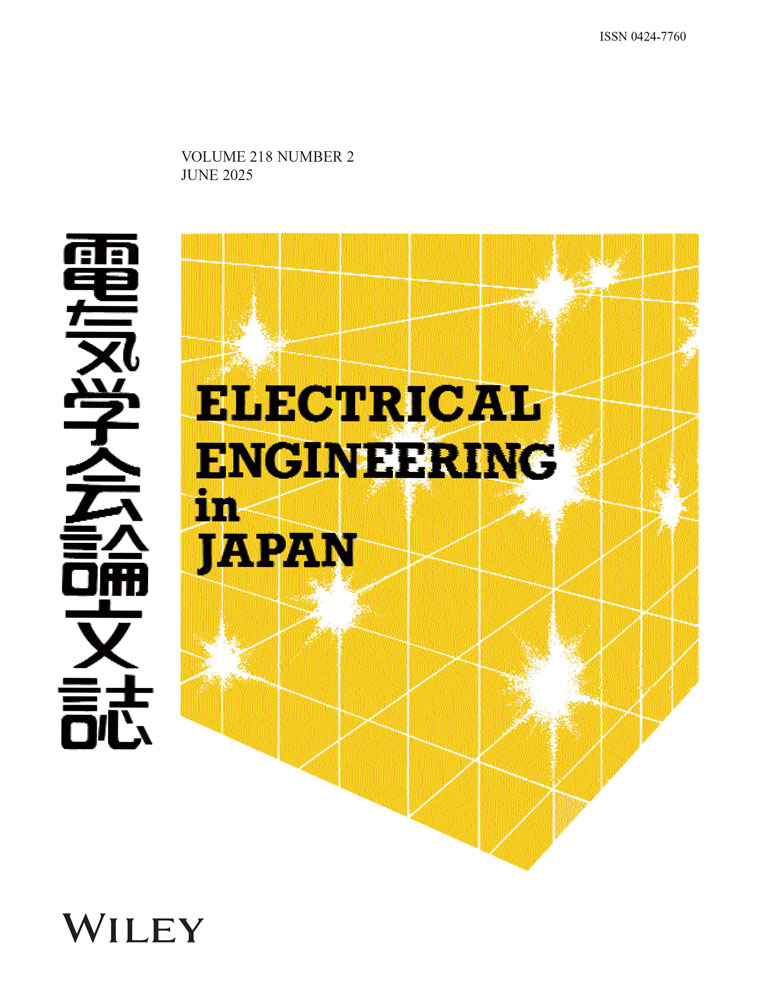A study of modeling of EMTP analysis for indoor distribution line
Abstract
Damage to home electric appliances due to lightning surges has recently become more common. The installation of SPDs (surge protective devices) in interior wiring is a countermeasure against damage and is also becoming more widespread after amendment of the regulation on indoor wires in 2005. Past study showed an effective method in which the earth line of the SPD is connected with that of home appliances and is grounded at one place in the home. However, because the methods of installing the distribution line in homes vary, it is difficult to estimate the effect of SPDs in every home, and high-precision analysis by EMTP for interior wiring and SPD in the home is required. In this study, experiments were conducted with interior wiring and varistors, which constitute SPDs, and this paper reports the results of those experiments and of EMTP analytical models. © 2011 Wiley Periodicals, Inc. Electr Eng Jpn, 175(4): 24–33, 2011; Published online in Wiley Online Library (wileyonlinelibrary.com). DOI 10.1002/eej.21062




